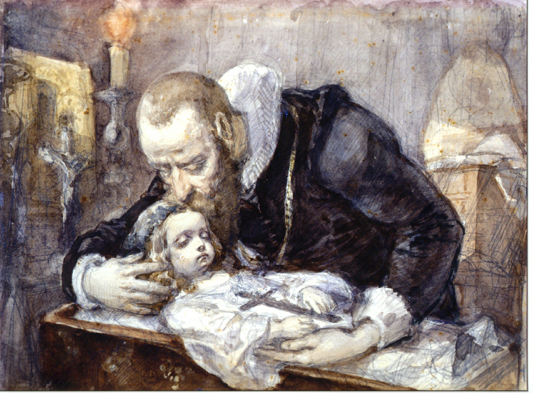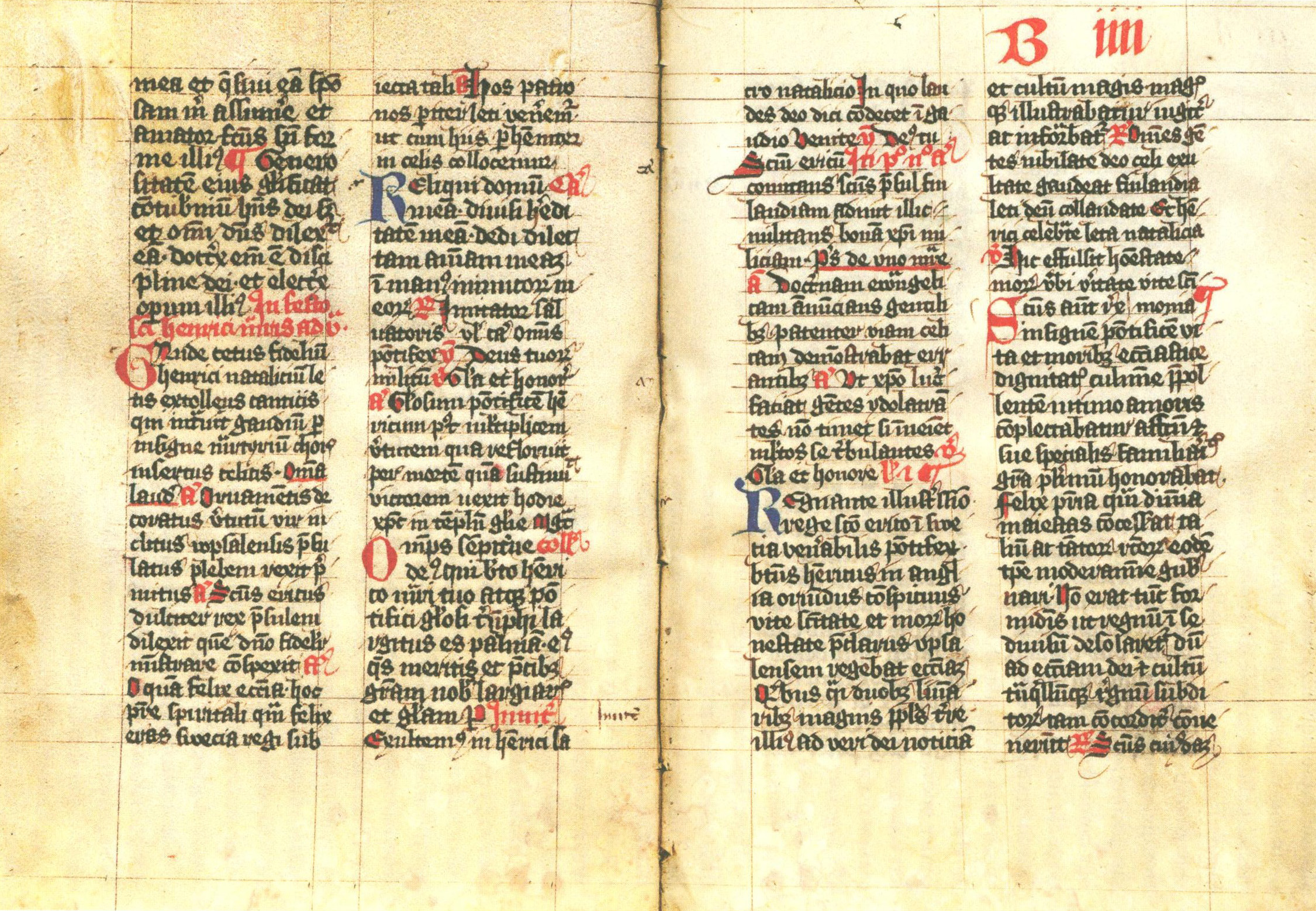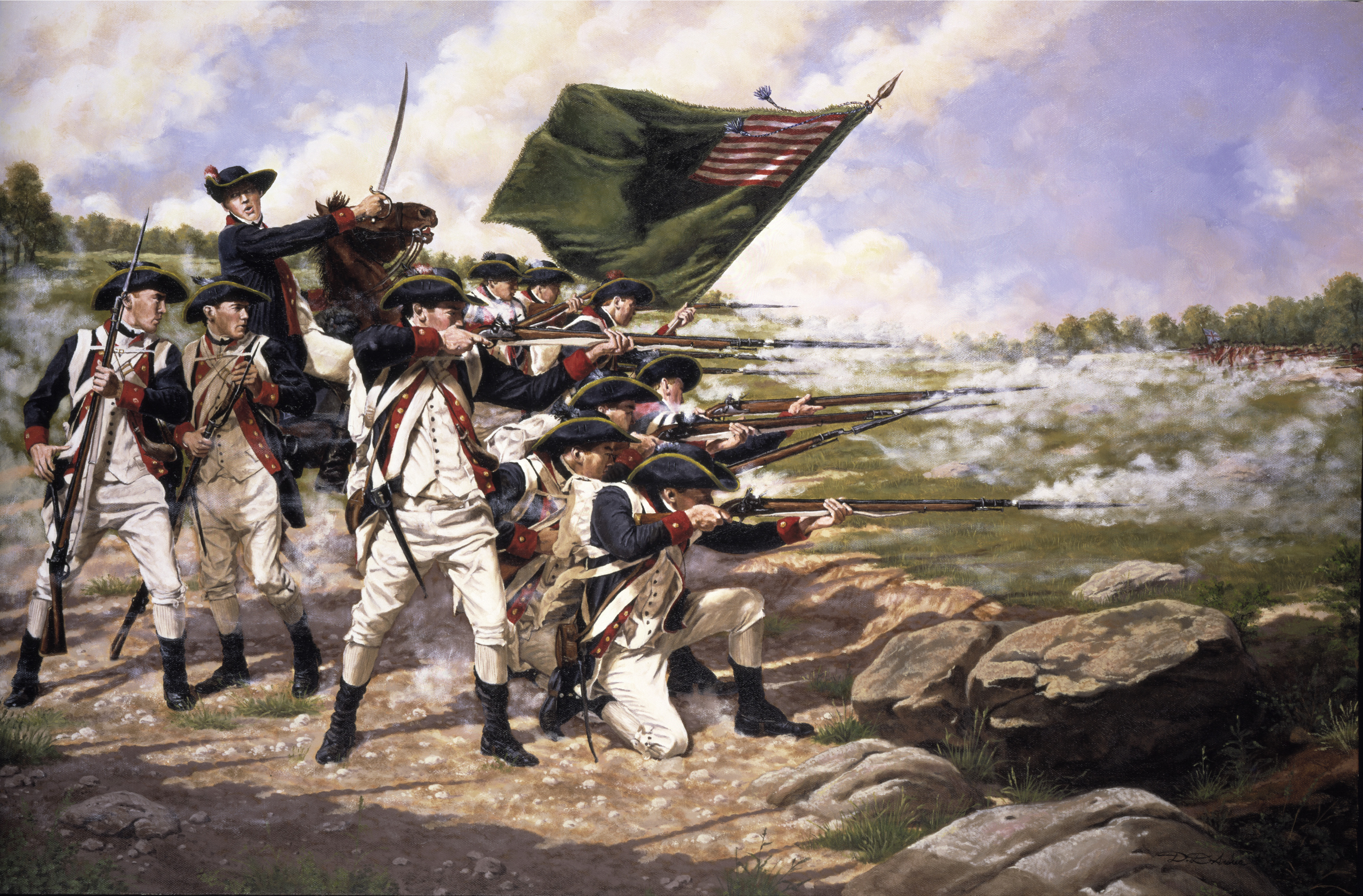|
Dirge
A dirge () is a somber song or lament expressing mourning or grief, such as may be appropriate for performance at a funeral. Often taking the form of a brief hymn, dirges are typically shorter and less meditative than elegy, elegies. Dirges are often slow and bear the character of funeral marches. Poetic dirges may be dedicated to a specific individual or otherwise Death and culture, thematically refer to death. The English word ''dirge'' is etymology, derived from the Latin ''Dirige, Domine, Deus meus, in conspectu tuo viam meam'' ("Direct my way in your sight, O Lord my God"), the first words of the first antiphon (a short chant in Christian liturgy) in the Matins of the Office of the Dead, Office for the Dead, based on Psalm 5. The original meaning of ''dirge'' in English referred to this office, particularly as it appeared within breviary, breviaries and primer (prayer book), primer prayer books. History In the late Medieval period, it was common for Western Christian laity� ... [...More Info...] [...Related Items...] OR: [Wikipedia] [Google] [Baidu] |
Lament
A lament or lamentation is a passionate expression of grief, often in music, poetry, or song form. The grief is most often born of regret, or mourning. Laments can also be expressed in a verbal manner in which participants lament about something that they regret or someone that they have lost, and they are usually accompanied by wailing, complaint, moaning and/or crying. Laments constitute some of the oldest forms of writing, and examples exist across human cultures. History Many of the oldest and most lasting poems in human history have been laments. The Lament for Sumer and Ur dates back at least 4000 years to ancient Sumer, the world's first urban civilization. Laments are present in both the ''Iliad'' and the ''Odyssey'', and laments continued to be sung in elegiacs accompanied by the aulos in classical and Hellenistic Greece. Elements of laments appear in ''Beowulf'', in the Hindu Vedas, and in ancient Near Eastern religious texts. They are included in the City Lament, Meso ... [...More Info...] [...Related Items...] OR: [Wikipedia] [Google] [Baidu] |
Elegy
An elegy is a poem of serious reflection, and in English literature usually a lament for the dead. However, according to ''The Oxford Handbook of the Elegy'', "for all of its pervasiveness ... the 'elegy' remains remarkably ill defined: sometimes used as a catch-all to denominate texts of a somber or pessimistic tone, sometimes as a marker for textual monumentalizing, and sometimes strictly as a sign of a lament for the dead". History The Greek term ἐλεγείᾱ (''elegeíā''; from , , ‘lament’) originally referred to any verse written in elegiac couplets and covering a wide range of subject matter (death, love, war). The term also included epitaphs, sad and mournful songs, and commemorative verses. The Latin elegy of ancient Roman literature was most often erotic or mythological in nature. Because of its structural potential for rhetorical effects, the elegiac couplet was also used by both Greek and Roman poets for witty, humorous, and satirical subject matter. O ... [...More Info...] [...Related Items...] OR: [Wikipedia] [Google] [Baidu] |
Funeral March
A funeral march (' in French, ' in Italian, ' in German, ' in Polish), as a musical genre, is a march (music), march, usually in a minor key, in a slow Meter (music), "simple duple" metre, imitating the solemn pace of a funeral procession. Some such marches are often considered appropriate for use during funerals and other sombre occasions, the best-known example being the Piano Sonata No. 2 (Chopin)#Funeral march, third movement of Chopin's Piano Sonata No. 2. Handel uses the name dead march, also used for marches played by a military band at military funerals. History Historical origins The custom of accompanying the solemn funeral procession with instrumental music was already present in ancient civilizations in various forms. Both the Greek civilization, Greeks and the Etruscan civilization, Etruscans usually employed flute players or, the latter, zither players, as can be deduced for example from the Cippus, ''Chiusi cippi'' illustrated in Pericle Ducati's work. Among th ... [...More Info...] [...Related Items...] OR: [Wikipedia] [Google] [Baidu] |
Nenia
Nenia Dea (Engl.: Goddess Nenia; rarely ''Naenia'') was an ancient funeral deity of Rome, who had a sanctuary outside the Porta Viminalis. The cult of Nenia is doubtless a very old one, but according to Georg Wissowa the location of Nenia's shrine ''(sacellum)'' outside the center of early Rome indicates that she didn't belong to the earliest circle of Roman deities. In a different interpretation her shrine was located outside the old city walls, because it had been the custom for all gods connected to death or dying. Goddess of the Roman funerary lament Nenia shares her name with the ''nenia'' that sometimes took the meaning of ''carmen funebre'' ("dirge"), and Marcus Terentius Varro regarded the Nenia Dea as a personification of the funerary lament's protective power. She was therefore a goddess also connected to the end of a person's life. Varro assigned the Nenia Dea to a polar position with respect to the god Ianus, which was probably inspired by one of the ancient Roman etym ... [...More Info...] [...Related Items...] OR: [Wikipedia] [Google] [Baidu] |
Herbert Thurston
Herbert Henry Charles Thurston (15 November 1856 – 3 November 1939) was an English priest of the Roman Catholic Church, a member of the Jesuit order, and a prolific scholar on liturgical, literary, historical, and spiritual matters. In his day, he was regarded as an expert on spiritualism. Today he is remembered chiefly for his extensive contributions to the ''Catholic Encyclopedia''. He also served as editor of Mother Mary Loyola, an international bestselling author of popular religious books. Life Herbert was the only son of George Henry Thurston, a surgeon, and his wife Theresa Ellen ''née'' Tuck. He was born in London and educated at the minor seminary of Saint-Malo (1868–9), at Mount St Mary's Jesuit school in Derbyshire (1869–71), and at Stonyhurst College in Lancashire (1871–4). Having decided to join the Jesuits, he underwent the usual noviciate training at Manresa House in Roehampton (1874–6), after which he took his first vows. He also studied ... [...More Info...] [...Related Items...] OR: [Wikipedia] [Google] [Baidu] |
Office Of The Dead
The Office of the Dead or Office for the Dead (in Latin, Officium Defunctorum) is a prayer cycle of the Canonical Hours in the Catholic Church, Anglican Church and Lutheran Church, said for the repose of the soul of a decedent. It is the proper reading on All Souls' Day (normally November 2) for all departed souls, and can be a votive office on other days when said for a particular decedent. The work is composed of different psalms, scripture, prayers and other parts, divided into The Office of Readings, Lauds, Daytime Prayer, Vespers and Compline. In the postconciliar form The current form, according to the 2000 ''Liturgia Horaria'' (Liturgy of the Hours) ''editio typica altera'' (second typical edition) includes the normal cycle of a typical ferial office, namely an Office of Readings (Matins), Morning Prayer (Lauds), Daytime Prayer (Midmorning Prayer (Terce), Midday Prayer (Sext), or Midafternoon Prayer ( None)), and Evening Prayer (Vespers). The final hour, Night Pray ... [...More Info...] [...Related Items...] OR: [Wikipedia] [Google] [Baidu] |
Psalm 5
--> Psalm 5 is the fifth psalm of the Book of Psalms, beginning in English in the King James Version: "Give ear to my words, O LORD, consider my meditation". In Latin, it is known as "Verba mea auribus percipe Domine". The psalm is traditionally attributed to David. It reflects how the righteous man prays for deliverance not only for freedom from suffering, but to allow himself to serve God without distraction. The New King James Version entitles it "A Prayer for Guidance". The psalm is a regular part of Jewish, Catholic, Lutheran, Anglican and other Protestant liturgies. It has been set to music by composers, such as Heinrich Schütz, Felix Mendelssohn and Edward Elgar. Themes Psalm 5 is within the genre of the morning prayer, because the morning was very important in the religions of the ancient Near East. Hence verse 4: :''In the morning, Lord, you hear my voice; in the morning I lay my requests before you and wait expectantly.'' The Psalm opens as a lament, continues with p ... [...More Info...] [...Related Items...] OR: [Wikipedia] [Google] [Baidu] |
Breviary
A breviary () is a liturgical book used in Christianity for praying the canonical hours, usually recited at seven fixed prayer times. Historically, different breviaries were used in the various parts of Christendom, such as Aberdeen Breviary, Belleville Breviary, Stowe Breviary and Isabella Breviary, although eventually the Roman Breviary became the standard within the Roman Catholic Church (though it was later supplanted with the Liturgy of the Hours); in other Christian denominations such as the Lutheran Churches, different breviaries continue to be used, such as The Brotherhood Prayer Book. Different breviaries The "contents of the breviary, in their essential parts, are derived from the early ages of Christianity", consisting of psalms, Scripture lessons, writings of the Church Fathers, as well as hymns and prayers. From the time of the early Church, the practice of seven fixed prayer times, being attached to , have been taught; in '' Apostolic Tradition ... [...More Info...] [...Related Items...] OR: [Wikipedia] [Google] [Baidu] |
Primer (prayer Book)
Primer (; Middle English: ''primmer'', also spelled prymer) is the name for a variety of devotional prayer books that originated among educated medieval laity in the 14th century, particularly in England. While the contents of primers have varied dependent on edition, they often contained portions of the Psalms and Latin liturgical practices such as the Little Office of the Blessed Virgin Mary. Medieval primers were often similar to and sometimes considered synonymous with the also popular book of hours (); typically, a medieval ''horae'' was referred to as a ''primer'' in Middle English. Primers remained popular during and immediately after the English Reformation among Protestants in the Church of England, where it developed into an Anglican and humanist educational tool for schoolchildren. Catholic editions were occasionally produced up to the 20th century, though in limited numbers. Over the succeeding centuries, their popularity as Christian texts waned as the word '' prim ... [...More Info...] [...Related Items...] OR: [Wikipedia] [Google] [Baidu] |
Darwell Stone
Darwell Stone (1859–1941) was an Anglo-Catholic theologian and Church of England priest. Biography Stone was born at Rossett, Denbighshire, on 15 September 1859. Oxford Dictionary of National Biography Stone was educated at . He was made a deacon in 1883 and after being ordained priest became vice-principal of Dorchester Missionary College, Oxfordshire, in 1885. He became principal of the college in 1888. From 1909 to 1934 he was principal of Pusey ... [...More Info...] [...Related Items...] OR: [Wikipedia] [Google] [Baidu] |
New York City
New York, often called New York City (NYC), is the most populous city in the United States, located at the southern tip of New York State on one of the world's largest natural harbors. The city comprises five boroughs, each coextensive with a respective county. The city is the geographical and demographic center of both the Northeast megalopolis and the New York metropolitan area, the largest metropolitan area in the United States by both population and urban area. New York is a global center of finance and commerce, culture, technology, entertainment and media, academics, and scientific output, the arts and fashion, and, as home to the headquarters of the United Nations, international diplomacy. With an estimated population in 2024 of 8,478,072 distributed over , the city is the most densely populated major city in the United States. New York City has more than double the population of Los Angeles, the nation's second-most populous city. [...More Info...] [...Related Items...] OR: [Wikipedia] [Google] [Baidu] |





